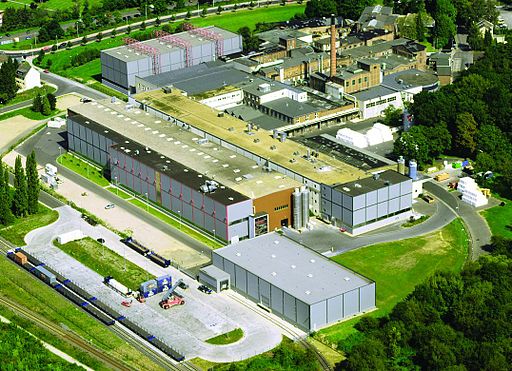On January 18th, 2016, the foundation Process IT Innovations organized a workshop at Umeå University on the digitalization of process manufacturing, including mining, forestry, and biochemical production. The workshop was attended by researchers, IT professionals, and representatives from the industrial sector, and together they formulated a number of scenarios of where the on-going development might lead.
Process IT anticipates that the factories of the future will be virtual, intelligent, and autonomous. By ‘virtual’ is meant that the factories will be simulated at a detailed level to understand how changes in e.g. temperature, machinery, raw material, etc. affects their performance. The factories will be ‘intelligent’ in the sense that they will be equipped with sensors that feed data analytics systems, to e.g. predict the quality of the produced goods and discover optimization opportunities in the production line. Finally, the factories will be ‘autonomous’ in that the need for manual operations will be reduced to situations that are out of the ordinary, e.g. machine break down. This is particularly interesting for the mining industry where productivity is hampered by the fact that every time they blast, all personel must be evacuated and cannot be allowed to re-enter before the mine has been properly ventilated.
A recurring theme was the need for fast and robust data analysis. Most factories are already well-equipped with cameras to monitor the production work flow, but the analysis is made by human operators. This is typically a tedious and difficult task. It is known that malfunctions to the paper production line can be predicted from the video data, but the indicative changes are small, rare, and may occur upstream or downstream from the eventual break-down point. On the upside, the evidence from the video data can be strengthened by combining it with other sensor data. However, the industry representatives stressed that they will not accept black-boxes; since they are ultimately responsible for the product quality and staff safety, the strongly prefer open-source solutions where the source code is available.
We thus see an interesting use case for the MICO platform, as it is designed to support cross-media analysis, and the importance of provenance and scalability were recognized already in the design phase. Another point in favor of MICO is that MICO is at heart an open-source framework, which is completely in line with the industries need for transparency.
